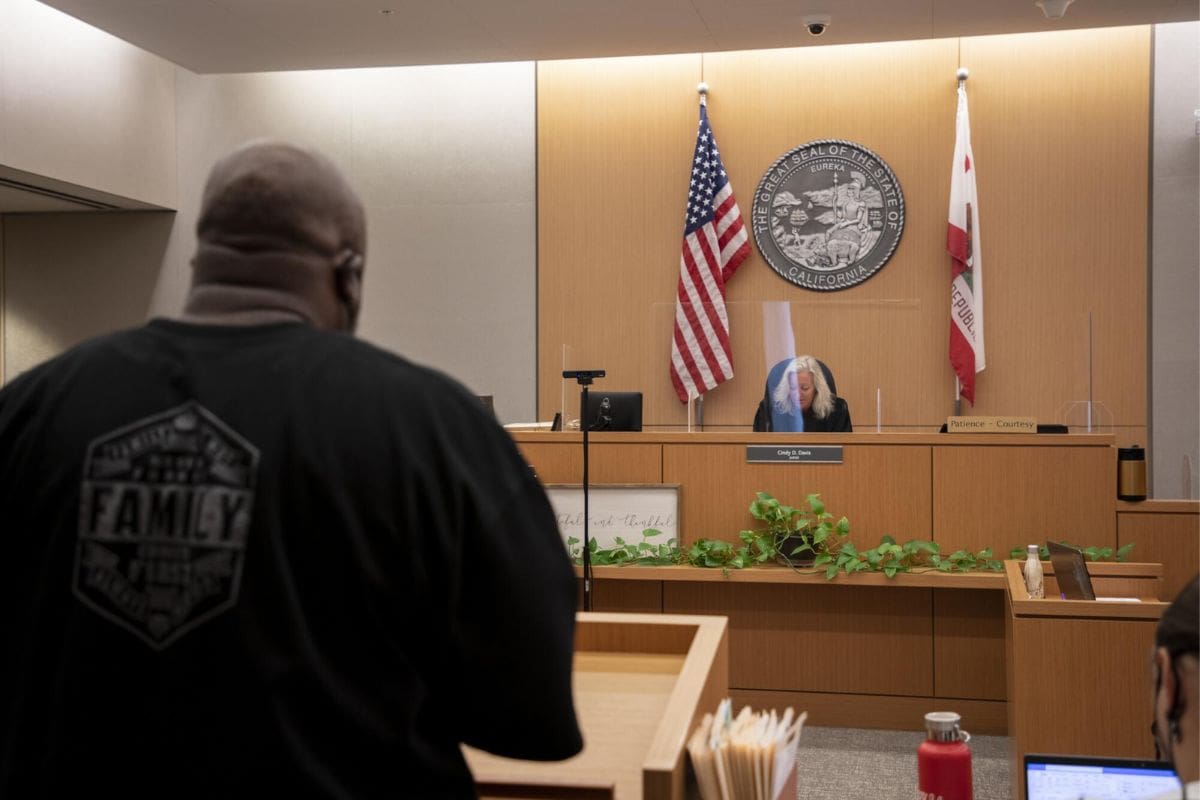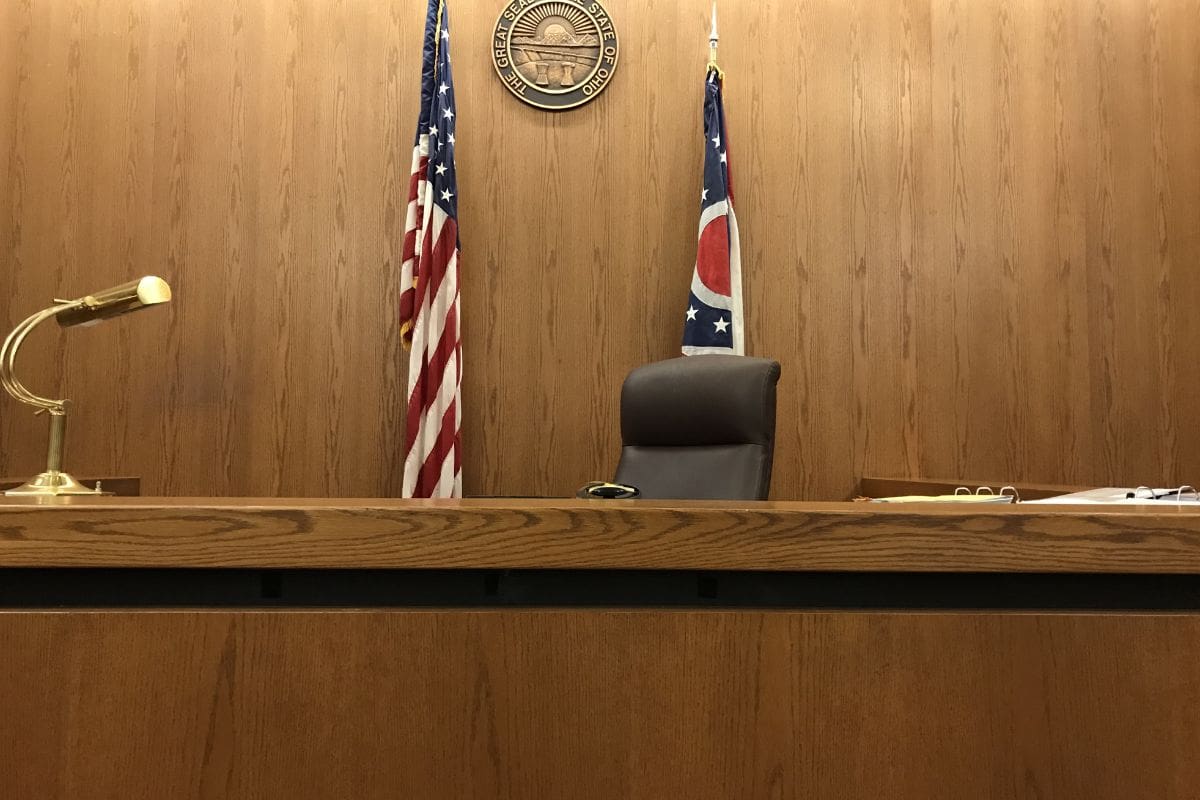Why Does California Still Vote for Local Judges: In the complex landscape of California’s judicial system, the practice of voting for local judges continues to intrigue observers and participants alike.
As we delve into the intricacies of this process, a multitude of factors come into play, from the historical roots of this tradition to the implications it holds for the state’s legal framework.
By examining the nuances of why Californians still have a say in selecting their local judges, we uncover a web of influence, accountability, and perhaps even unforeseen consequences that shape the fabric of justice in the Golden State.
Judicial Selection Process in California
California’s intricate judicial selection process unveils a multi-faceted approach that diverges based on the court level, creating a nuanced system for appointing and electing judges across various tiers of the state’s judiciary. At the highest levels, the governor appoints Supreme Court and appeals court judges, who then face confirmation through general elections. This process aims to ensure that judges at these levels possess the necessary qualifications and judicial temperament.
In contrast, trial court judges are elected directly by voters, highlighting a distinctive feature of California’s judicial system. This approach places the power of choosing trial court judges directly in the hands of the electorate, emphasizing the importance of informed voting in these races. Understanding the differences in selection methods based on court level is essential for voters to grasp the intricacies of the judicial system and make informed decisions when participating in judicial elections.

Challenges in Evaluating Local Judges
Evaluating local judges presents a formidable challenge for voters due to the scarcity of accessible information regarding their professional backgrounds, judicial stances, and election campaigns. Unlike state legislators or officers whose policies and voting records are more readily available, information on local judges is often fragmented, making it difficult for voters to make informed decisions.
The intricate nature of judicial roles, varying legal interpretations, and the limited media coverage of local judicial races contribute to this challenge. Moreover, the lack of public awareness about the significance of these elections further complicates the evaluation process. Voters face the dilemma of choosing candidates without comprehensive knowledge of their past rulings, legal philosophies, or potential biases.
This dearth of information underscores the need for improved transparency in judicial campaigns and a concerted effort to educate the public on the importance of scrutinizing local judges. As such, navigating the complexities of evaluating local judges remains a pressing issue in ensuring a fair and just judiciary system.
Concerns About Judicial Elections
Amidst the complexities of judicial elections, concerns arise regarding the potential impact of special interest contributions and the perceived impartiality of these nonpartisan contests, as highlighted by individuals such as Jonathan Mehta Stein from Common Cause California. The involvement of special interest groups in judicial campaigns raises questions about the independence and neutrality of judges. Special interest contributions could create a perception of bias or favoritism, potentially undermining public trust in the judiciary’s fairness and integrity.
Jonathan Mehta Stein and others argue that the influx of money from outside sources could lead to judges feeling indebted to these interests, compromising their ability to rule objectively. The nonpartisan nature of judicial races further complicates the issue, as voters may struggle to assess candidates without traditional party affiliations to guide their decisions. This lack of clear indicators can make it challenging for voters to make informed choices, emphasizing the need for transparency and accountability in judicial elections to uphold the principles of justice and impartiality.
Struggles of Engaged Voters
Engaged voters grappling with the complexities of judicial elections often face significant challenges when attempting to access comprehensive information about local judges. Profiles of voters like Lee Zeldin, who actively seek such information, highlight the hurdles that these individuals encounter. The frustration and difficulty in gathering relevant details on judicial contests are pervasive among many voters invested in making informed decisions at the polls.
One of the primary struggles for engaged voters is the lack of easily accessible and centralized sources of information on local judges. Unlike other elected officials, judges often have limited publicly available information, making it arduous for voters to evaluate their qualifications and track records. Additionally, the opaque nature of judicial campaigns and the absence of clear partisan cues further complicate the decision-making process for voters seeking to cast informed votes in these races.
In essence, the challenges faced by engaged voters underscore the need for improved transparency and accessibility in judicial elections to empower voters with the knowledge necessary to make well-informed choices at the ballot box.

Also Read: LA District Re-Election The Intense Battle for Public Safety!
Resources for Informed Voting
In the pursuit of well-informed voting decisions, accessing diverse and reliable resources is paramount for voters evaluating local judicial candidates.
To empower voters in making informed choices, several valuable resources are available. County bar associations offer insights into candidates’ professional backgrounds and qualifications. Local news sources provide coverage on candidates’ past rulings and legal perspectives. The League of Women Voters often conducts candidate forums and publishes voter guides, offering a non-partisan view of judicial contenders. Advocacy groups may focus on specific legal issues, shedding light on candidates’ stances. Candidate websites allow voters to directly access information on platforms and priorities. Ballotpedia provides comprehensive profiles and election histories of judicial candidates. County elections office websites offer official information on voting procedures and candidate lists.
News In Brief
California’s complex judicial landscape prompts curiosity about the ongoing practice of electing local judges. Understanding this system reveals a mix of historical tradition and its implications for the state’s legal framework. While higher court judges are appointed and confirmed, trial court judges face direct election by voters, necessitating informed voting.
Challenges arise in evaluating local judges due to limited accessible information and nonpartisan contests, raising concerns about impartiality and transparency. Engaged voters, like Lee Zeldin, struggle to access comprehensive details. Resources like county bar associations and news sources offer insights, yet accessibility remains a hurdle. Improving transparency is crucial for empowering voters in navigating the intricate realm of local judicial elections.
Our Reader’s Queries
How does California select judges?
Superior court judges, elected on nonpartisan ballots by county voters during general elections, hold six-year terms. Vacancies are addressed through gubernatorial appointments.
How are state and local judges selected?
In four states, judges are appointed by the governor without the involvement of a nominating commission, pending senatorial confirmation. In Hawaii and Illinois, some judges are appointed by their peers. Partisan elections determine the selection of judges in 13 states, and in an additional 8 states, partisan elections apply to certain judicial positions.
Are California Supreme Court judges elected?
The California Supreme Court comprises the Chief Justice of California and six Associate Justices, with each justice appointed or nominated by the Governor.
Who employs judges in California?
The Governor holds the supreme executive power in the State of California, encompassing the authority to appoint positions in the executive branch and make judicial appointments, contingent upon the Legislature’s approval.

